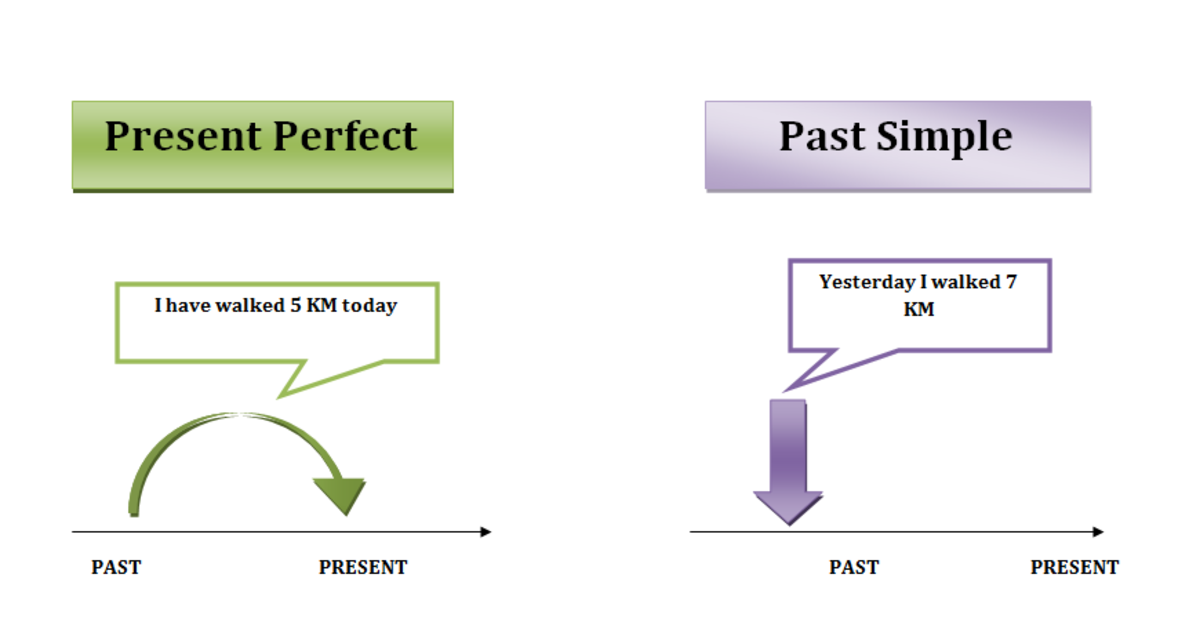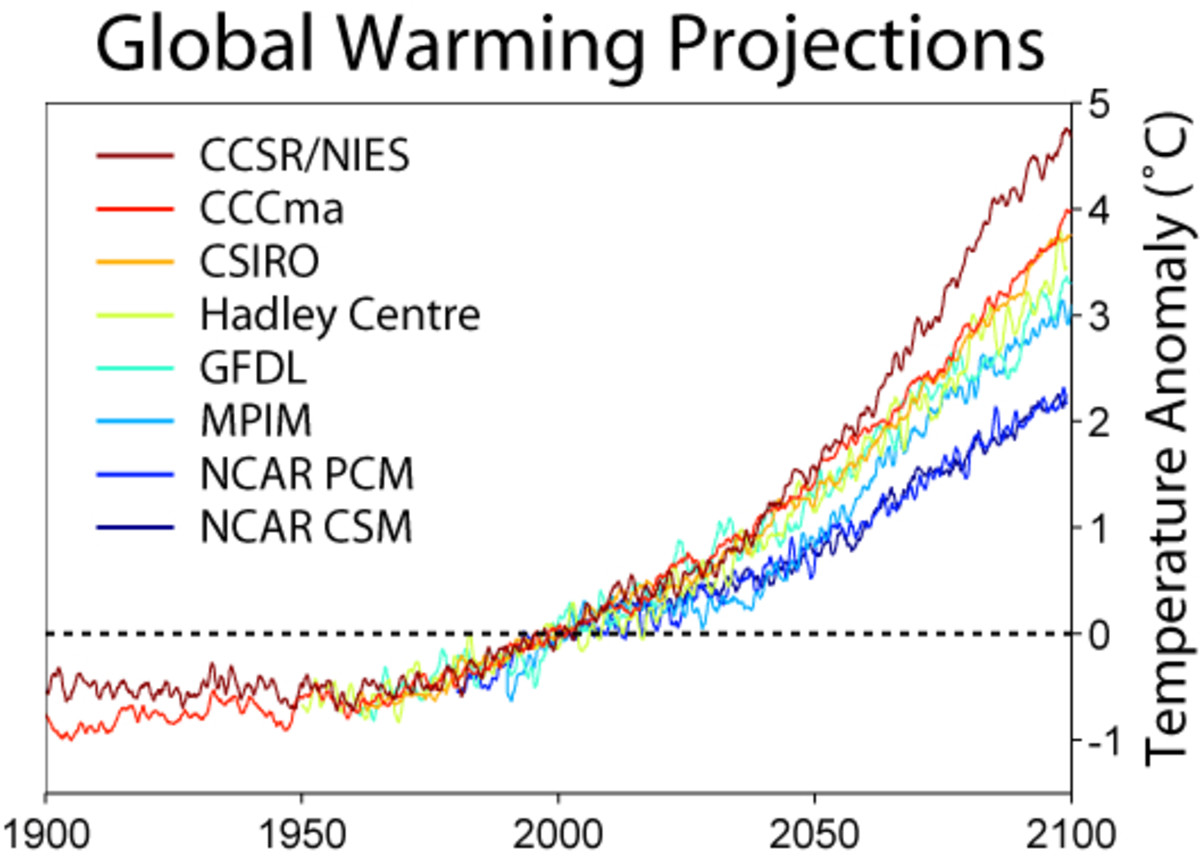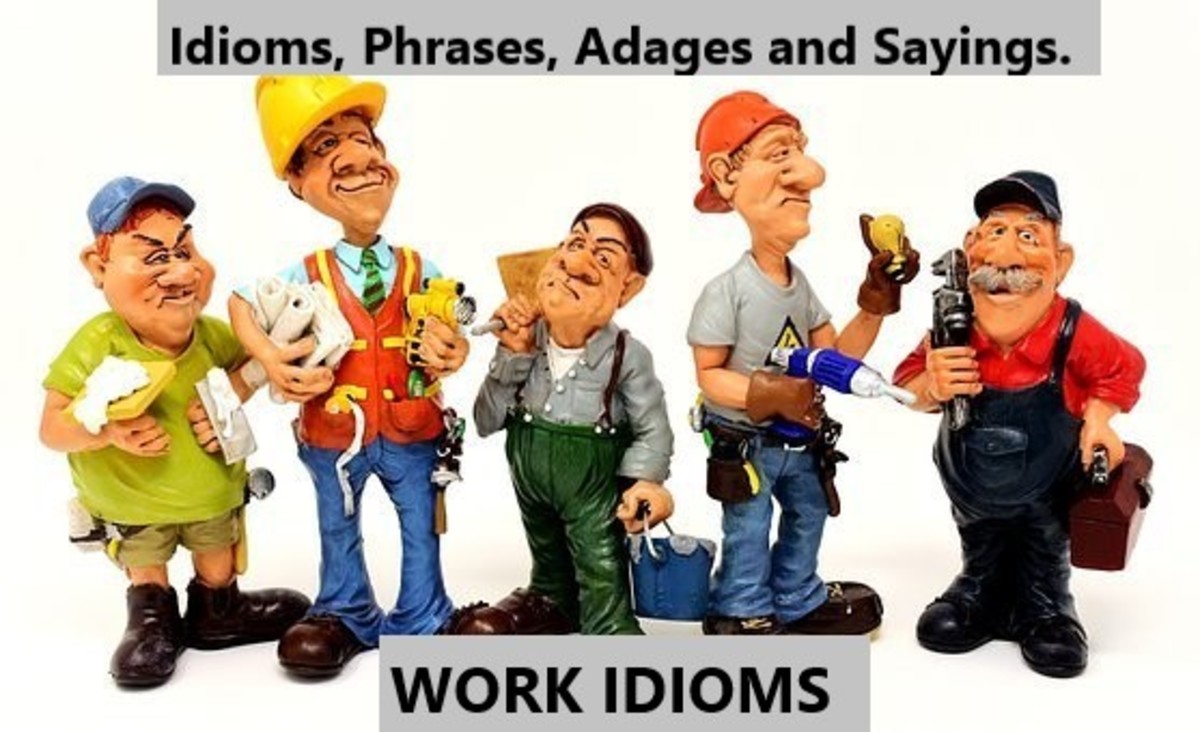Tenses in English
English Language Tenses
What is a tense? A tense can be defined as any of the forms of a verb which shows when an action or event takes place. Tenses show the time, continuance, or completion of an action or state expressed by the verb.
We are all familiar with the three tenses – present, past and future.
When the action is taking place now, we call it the present continuous. When the action takes place on a regular basis, we call it the simple present tense. When the action took place at a previous time in the past, we call it the past tense. When the action will take place in the future, we call it the future tense.
Below is a table containing examples of English tenses:
TENSES EXAMPLES
Simple Present: I eat/He eats.
Present Continuous/progressive: I am eating/He is eating.
Simple Past: I ate/He ate
Past Continuous/progressive: I was eating/He was eating.
Simple Future: I shall eat/ He shall eat.
Future Continuous/progressive: I shall be eating/He shall be eating.
Present Perfect: I have eaten/He has eaten.
Present Perfect Continuous/progressive: I have been eating/He has been eating.
Past Perfect: I had eaten/He had eaten.
Past Perfect Continuous/progressive: I had been eating/He had been eating.
Future Perfect: I shall have eaten/ He shall have eaten.
Simple Present Tense
What is the simple present tense? This tense indicates an action which is done on a regular basis or something that is done habitually. With simple present tense, we normally use words such as every day, sometimes, often, regularly, always, etc.
Examples:
- I sing every day.
- I always sing in the shower.
- He visits his hometown on a regular basis.
- John always goes for a jog in the morning.
- We eat breakfast every morning.
Present Continuous Tense/ Present Progressive Tense
What is the present continuous tense? The present continuous tense is one that describes an action or activity that is in the process of taking place. The present continuous tense can also be called the Present Progressive Tense. This tense is formed by the verbs am, are, is and any verb that ends in ….ing.
Examples of sentences in the present continuous tense:
- I am eating.
- We are singing.
- The boys are studying very hard.
- Jonathan is reading his favorite book.
Simple Past Tense
What is the Simple Past Tense? This is a tense that is used to show an action or event that occurred in the past and which is considered complete. All activities or events that took place in the past and are completed are called Simple Past Tenses.
Examples of Simple Past Tenses:
- I ate the food yesterday.
- I saw the Rolling Stones perform last night.
- He was caught with the stolen goods last month.
- James wrote a resignation letter to his employer last week.
- I travelled to London last year.
Past Continuous Tense/ Past Progressive Tense
What is the Past Continuous Tense? This is a tense that talks about any action or event which was taking place continuously at a particular time in the past. The Past Continuous Tense can also be referred to as the Past Progressive Tense. This tense is formed by a combination of the verbs was, were plus another verb ending in …..ing.
Examples of the Past Continuous Tense
- I was reading last night when I heard the sad news.
- We were watching a movie when the singer died.
- I was cooking around 9pm last night.
- Amanda saw her attacker when she was returning from work.
Simple Future Tense
What is a Simple Future Tense? This is a tense that refers to an action or event that will take place in the future.
Examples:
- I shall visit you next week.
- We shall make sure that the work is done properly.
- I will do the work when I get back.
- They will come home this December.
Future Continuous Tense/Future Progressive Tense
What is the Future Continuous Tense? This tense is used to talk about an event or action that will take place in the future and will continue for sometime in the future. It is also called the Future Progressive Tense. It is formed by a combination of the auxiliary verb ‘will’ plus the verb ‘be’ and ‘ing’ form of a verb.
Examples of the future continuous tense:
- The pastor will be preaching about salvation next week.
- The parliamentarians shall be discussing this issue tomorrow.
- The Smiths will be having dinner tonight.
- I will be playing soccer tomorrow morning.
Present Perfect Tense
The Present Perfect Tense is used to describe an action or event which has already finished at the present moment. The Present Perfect Tense is sometimes referred to as the Past Participle. When forming this tense, the verbs ‘have’ or ‘has’ plus the past participle form of the verb are used.
Examples
- I have eaten the food already.
- I have done the work.
- We have given the job to someone else.
- I have written the story.
Present Perfect Continuous Tense/ Present Perfect Progressive Tense
This is a tense that is used to describe an action or an event that started in the past, continuous in the present and may even continue into the future.
It is made up of the present perfect tense and the ‘…ing’ form of a verb.
Examples:
- I have been working since morning.
- Janet has been working with the government since 1998.
- The child has been crying since last night.
- The pastor and his congregation have been praying since morning.
Past Perfect Tense
The Past Perfect Tense is a tense that is used to describe an action or event which occurred in the past and was completed during a certain time in the past before another action or event in the past occurred. The Past Perfect Tense can is referred to as the past before the past tense. Simply put, the Past Perfect Tense refers to a past activity or event that took place before a simple past event.
Examples of the Past Perfect Tense
- I had left before the raid began.
- The boys had left before the girls arrived.
- The lessons had started before I came.
- The band had won several MTV awards before winning a Grammy.
- I had danced for two hours before the lights went out.
Past Perfect Continuous Tense/ Past Perfect Progressive Tense
What is the past perfect continuous/progressive tense? It is a tense that is used to talk about a continuous event in the past which started before another activity or action. This tense is referred to as the past before the past. Here, an event or action in the past took place during a period of time and then stopped after another past event or action happened.
Examples:
- John had been living in London before he moved abroad.
- I had been walking to work every morning before I bought a car.
- They had been living as friends for a year before they got married.
- I had been working for two hours before I stopped to take a break.
Note: The Past Perfect Tense is very similar to the Past Perfect Continuous/Progressive Tense. The only difference between the two tenses is that the Past Perfect Continuous Tense talks about ongoing action in the past before another past event.
Future Perfect Tense
What is the Future Perfect Tense? The Future Perfect Tense is a tense that indicates an action or event which will be finished by a particular time in the future. Simply put, this tense shows that an action or event will be completed at a certain time in the future.
Examples of Future Perfect Tenses
- By this time next year we shall have finished school!
- I shall have finished all the work by the time you arrive tonight.
- At this time tomorrow I will have left this town.
- By next week I shall have finished the work.








